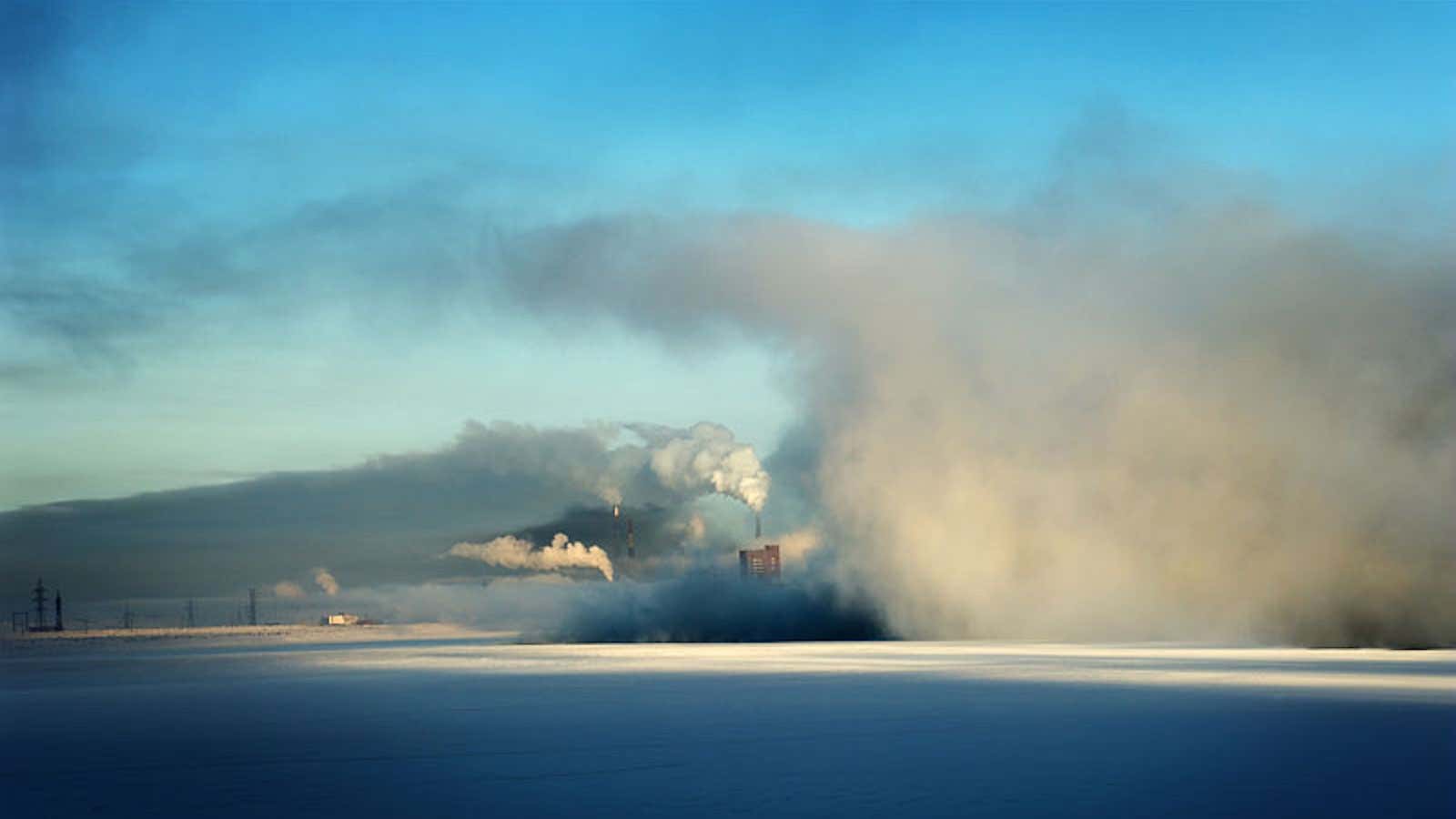If you’re looking for cities with more than 100,000 people, you’ll find nothing north of Norilsk, Russia’s second-largest city (after Murmansk) inside the Arctic Circle.
Norilsk might be one of the world’s most isolated cities. There are no roads to Norilsk. If you go, you need to fly or, when the waterways aren’t ice, you can sail.
The city’s modern history began in the early 20th century, when a geologist’s expedition discovered rich deposits of nickel, copper, and cobalt at the foot of the Putorana Mountains.
In 1936, the then-USSR started building a massive metallurgical complex. The city, its mines, and the metallurgical factories were constructed by Gulag prisoners. For roughly 20 years, about 500,000 inmates labored in Norilsk. Thousands died in the process.
Following the collapse of the Soviet Union, Norilsk became the main center of the company Norilsk Nickel, the world’s leading producer of nickel and palladium, with 17% and 41% of world production, respectively. Nowadays, Norilsk Nickel brings in 2% of Russia’s national GDP. Almost 60% of the people living in Norilsk today are involved in this trade.
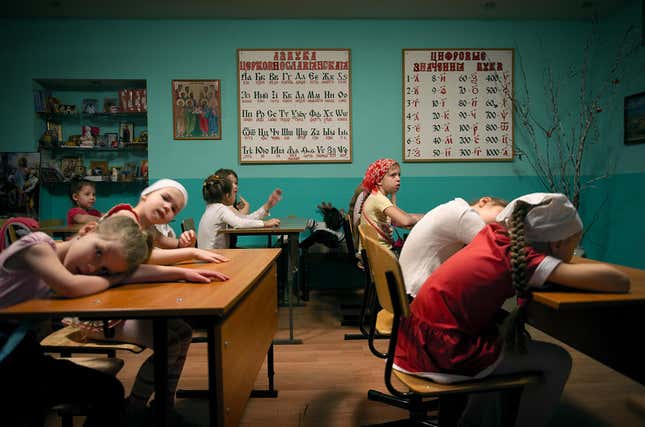
Thanks to all this industry, Norilsk is also one of the top-ten most-polluted cities on the planet. Every year, more than two million tons of gas (clouds of dioxide sulfur, nitrogen oxides, carbon, phenols, and more) are expelled into the atmosphere. This ecological disaster is damaging the health of the city’s locals, who on average survive 10 years fewer than people living elsewhere in Russia. The risk of cancer is also twice as high, and respiratory diseases are widespread.
Even forgetting the suffocating environmental concerns, Norilsk is a hard place to live. Intensely cold, the city’s average temperature is subfreezing, and the skies are typically windy and gray throughout the year. The weather is cold roughly 77% of the time, and snowstorms are typical on 130 days out of the year. The average annual temperature is -10ºC (14ºF), reaching lows of -55ºC (-67ºF) in the winter, when for two months the city is plunged into polar night.
The cycles of polar day and night also wield powerful influence, both physically and psychologically, on the human body. People in Norilsk can suffer from “polar night syndrome,” experiencing anxiety, nervousness, drowsiness, and/or insomnia. Given the psychological discomfort and lack of environmental stimuli, it should come as no shock that Norilsk has many cases of depression.
With conditions being what they are, the people of Norilsk spend most of their time in enclosed spaces at work, at home in their apartments, or indoors at local recreation centers and shopping malls.
As a result of all this isolation, Norilsk is a city folded in on itself. When people do brave the elements to meet socially, it’s anybody’s guess what might happen.
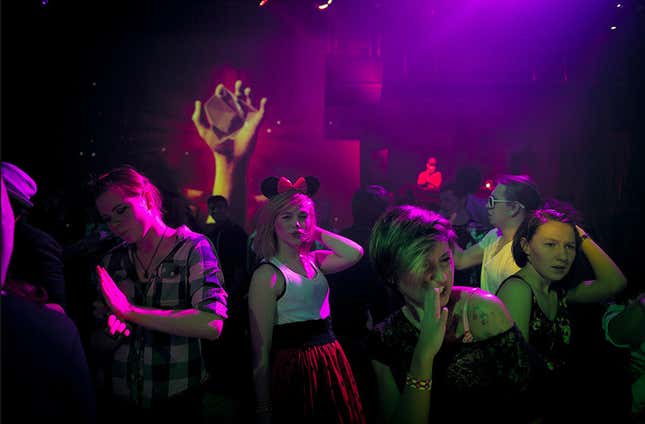
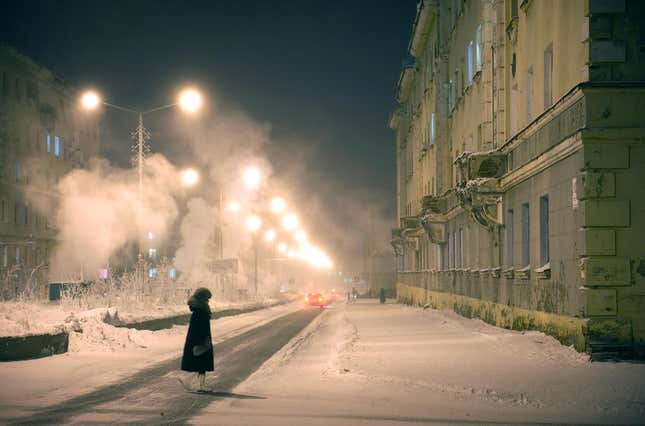
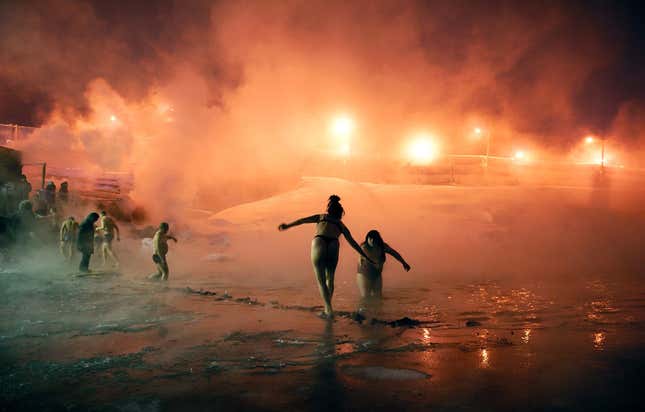
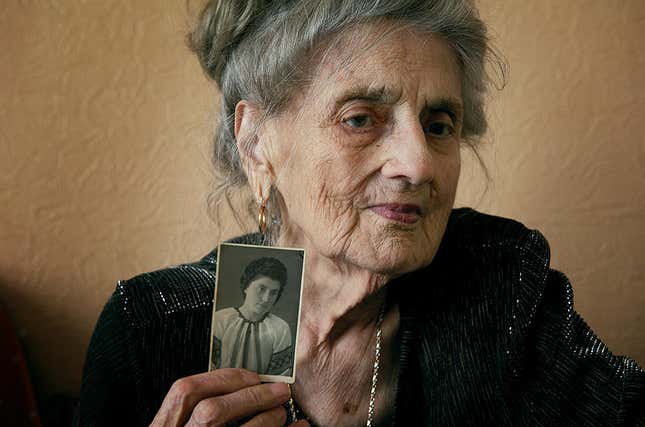
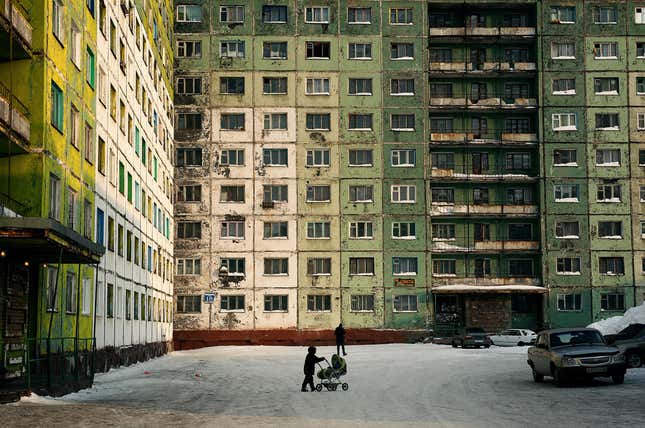
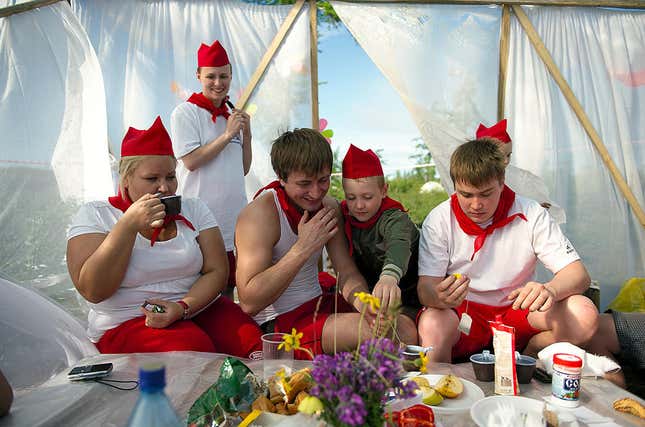
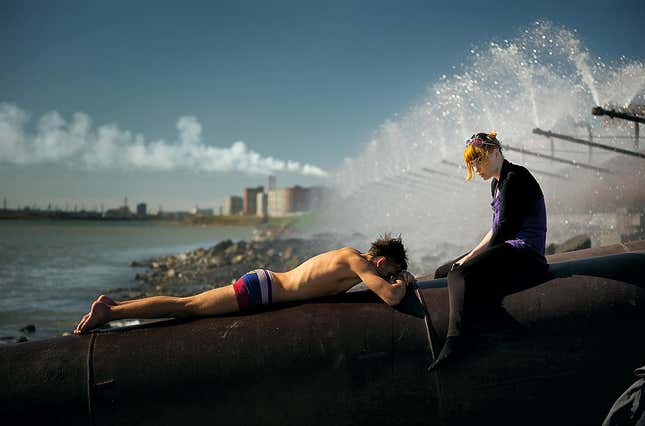
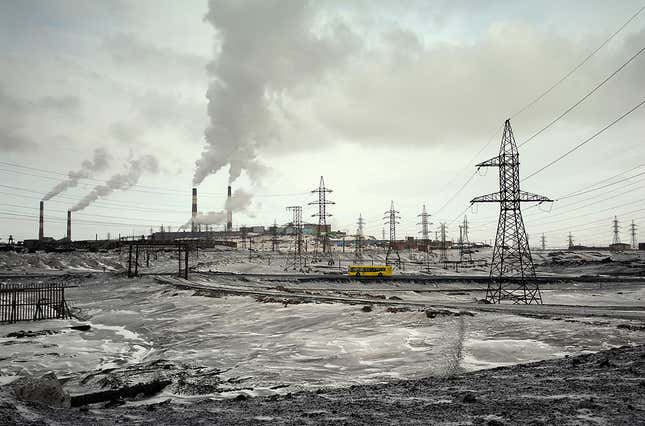
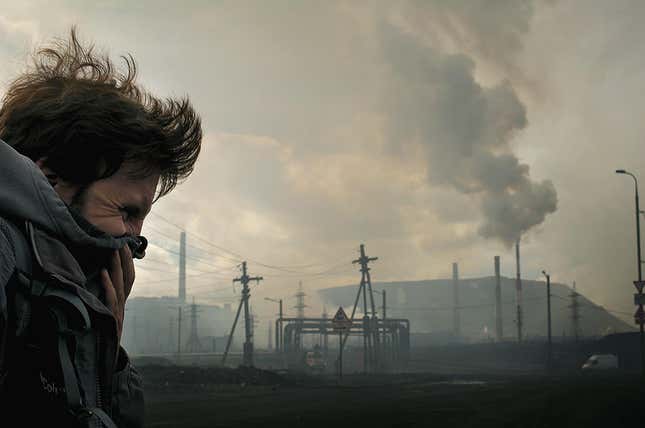
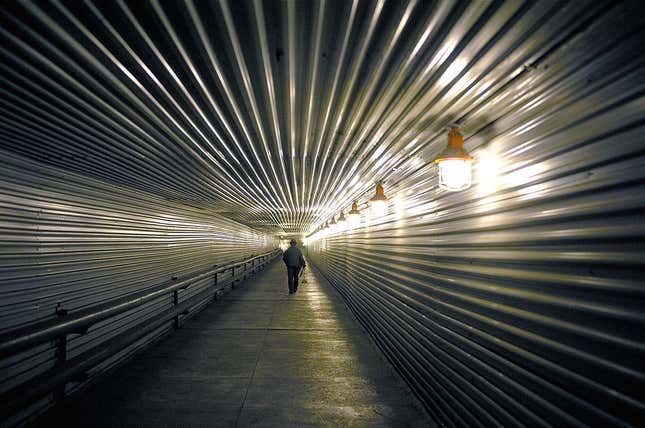
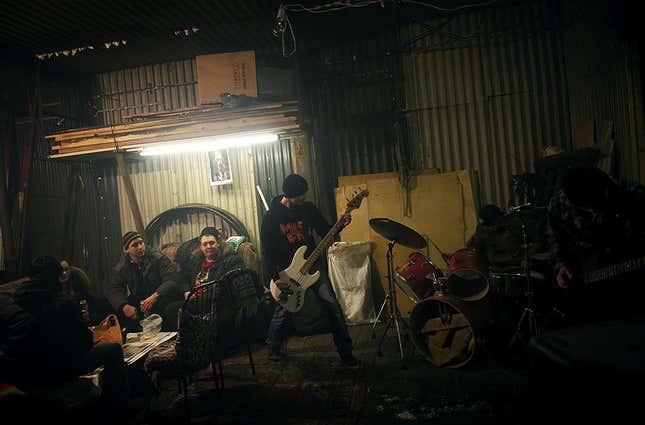
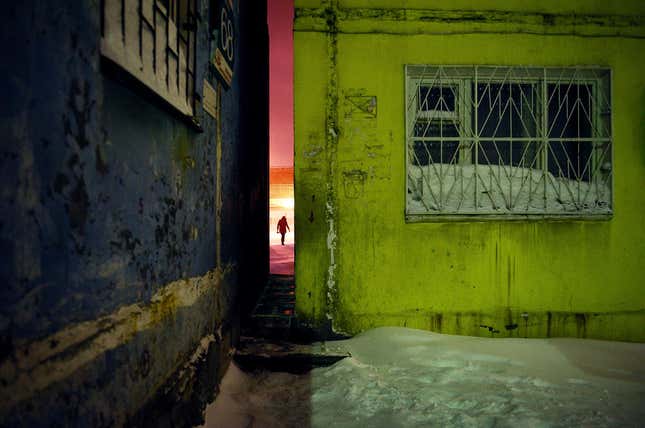
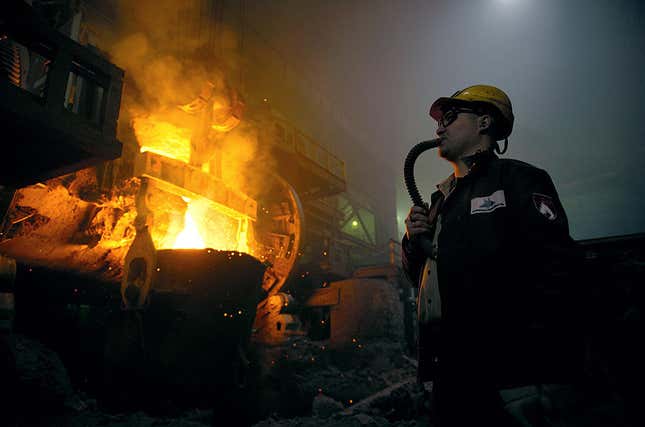
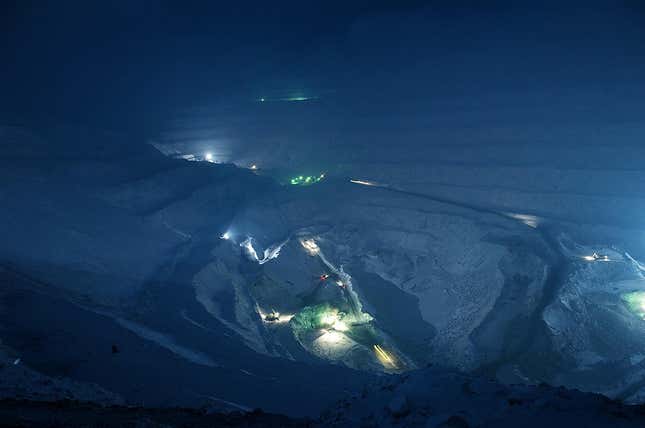
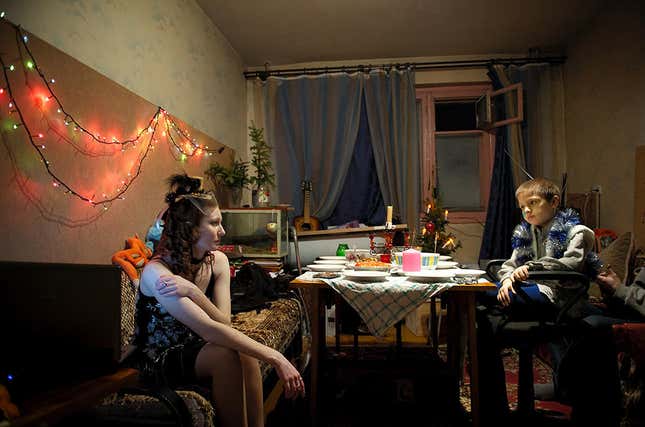
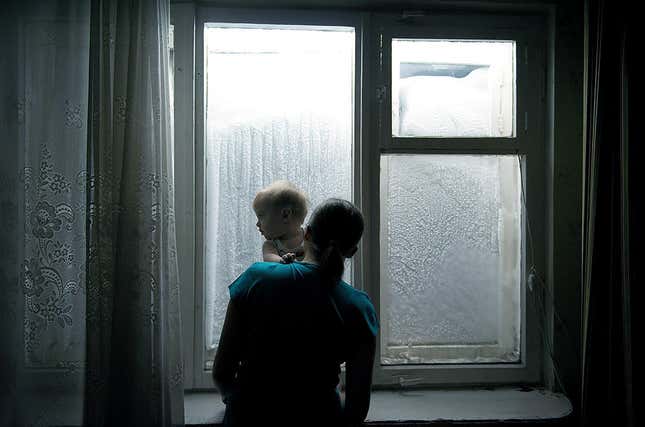
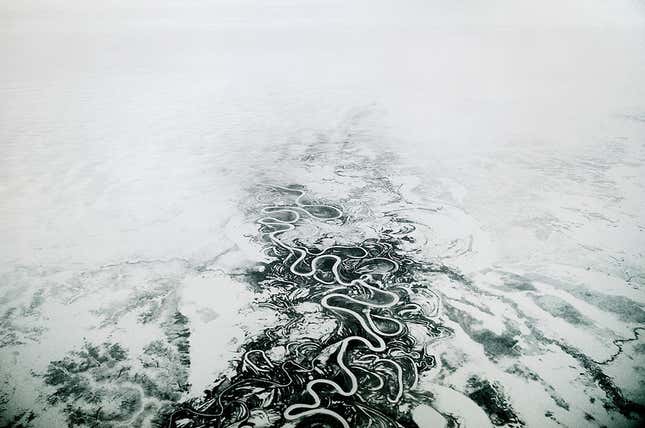
See more of Elena’s work on her website. This post originally appeared at Meduza. Follow Meduza on Twitter at @meduza_en.
